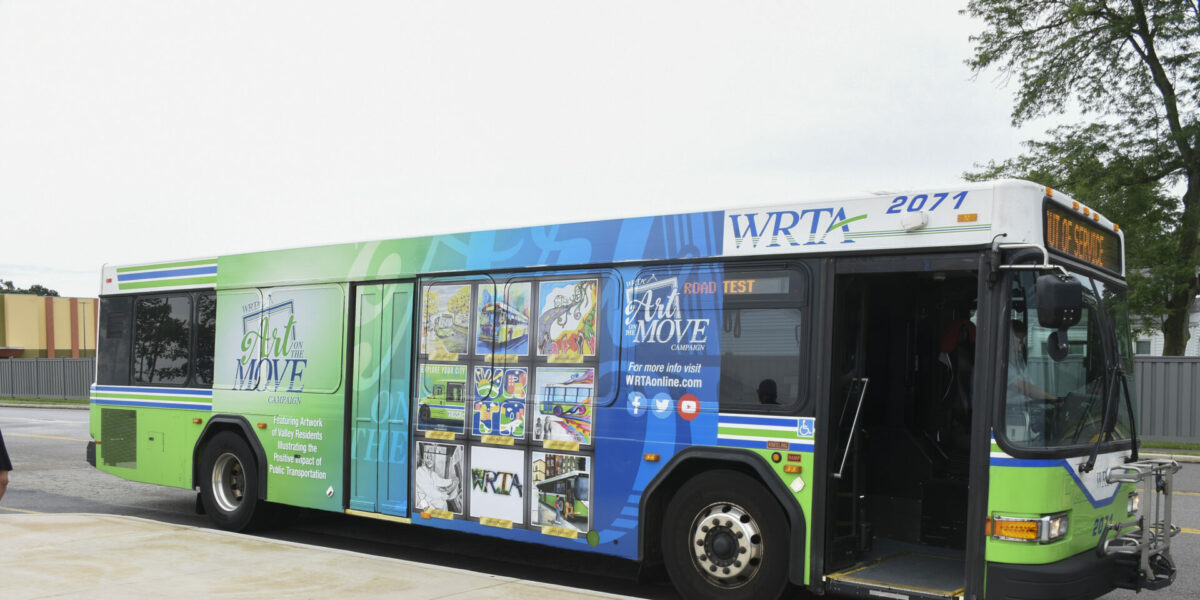Reliable Transit Advertising Philippines to Expand Your Audience
Reliable Transit Advertising Philippines to Expand Your Audience
Blog Article
Recognizing the Function of Transportation Advertising And Marketing in Enhancing Brand Name Exposure and Customer Engagement
Transportation marketing has emerged as a critical aspect in the marketing landscape, providing unique chances for brand names to elevate their exposure and involve customers effectively. With the capability to reach a varied and captive audience during their day-to-day commutes, these advertising strategies are not merely concerning visibility; they have to do with developing significant links with possible clients. As we explore the diverse advantages and innovative strategies within transportation advertising and marketing, it becomes important to take into consideration how these aspects jointly influence customer understanding and actions, raising questions about their long-lasting effect on brand commitment.
Definition of Transportation Advertising
Transit advertising refers to the technique of promoting products, solutions, or brand names through promotions positioned in and around mass transit systems. This type of advertising and marketing includes a selection of positionings, consisting of posters on trains and buses, electronic displays at transit stations, and covers on the exterior of automobiles. It aims to reach a varied target market, profiting from the high foot traffic related to public transportation.
Transit marketing is purposefully placed to catch the attention of travelers, that commonly spend considerable time traveling or waiting. By incorporating ads right into the everyday regimens of people, brands can develop a long lasting perception and foster brand acknowledgment. The medium is specifically efficient in metropolitan atmospheres, where mass transit is a primary mode of traveling.
Additionally, transit advertising and marketing can promote local targeting, enabling services to reach particular demographics based on transportation courses and station places. As city populaces grow and the usage of public transport boosts, this marketing approach has gained importance as an essential element of integrated advertising and marketing techniques. The dynamic nature of transit marketing, combined with its capacity to engage consumers in a restricted atmosphere, emphasizes its importance in contemporary marketing methods.
Advantages of Transportation Advertising And Marketing
The effectiveness of transit advertising and marketing hinges on its ability to provide a wide range of benefits to brand names looking for to boost presence and involvement. One of the primary benefits is the extensive reach it uses; transit ads can properly target diverse demographics throughout metropolitan areas, reaching both pedestrians and commuters alike. This wide direct exposure substantially enhances brand name awareness.
An additional benefit is the high frequency of impressions. As transportation automobiles take a trip along recognized routes and quit at multiple locations, they develop recurring exposure that enhances brand messages. This frequency cultivates knowledge, which is critical in consumer decision-making.
Transportation advertising and marketing is likewise cost-efficient contrasted to various other media platforms. Provided its expansive reach and capacity for high impressions, brand names often experience a reduced cost per thousand impacts (CPM), maximizing their marketing budget.
Additionally, transit advertisements can develop a feeling of neighborhood connection. By straightening with regional transit systems, brands can resonate with local target markets and promote a sense of neighborhood pride. This localized strategy boosts brand commitment and interaction, making transit advertising a compelling selection for businesses intending to solidify their visibility in the marketplace.

Reliable Techniques for Transit Projects
To make best use of the influence of transportation campaigns, brands should utilize calculated preparation and implementation tailored to their target market. First, determining the group qualities of the target market utilizing public transit is critical. This enables brand names to produce individualized messaging that resonates with prospective clients.
Next, choosing the best transit tools is essential. Whether making use of bus covers, metro posters, or electronic screens, each medium has distinct advantages that can enhance exposure. For instance, dynamic visuals on bus covers can attract interest, while electronic advertisements can be updated often to mirror prompt promotions.
In addition, integrating a cohesive branding strategy across transportation platforms guarantees consistency and enhances the brand's identity. Making use of unforgettable taglines and distinctive styles will certainly reinforce brand name recall among travelers.
By employing these methods, brands can properly harness the possibility of transportation advertising and marketing, cultivating higher awareness and link with their target audience. this post Inevitably, a well-executed transportation project can drive significant growth in brand presence and customer interaction.

Gauging Effect and Interaction
In reviewing the effectiveness of transportation marketing campaign, precise measurement of impact and interaction is essential for brands seeking to optimize their marketing methods. Metrics such as reach, regularity, and perceptions give fundamental data to examine exposure. Assessing Look At This these aspects assists establish exactly how many prospective customers are revealed to the promotions during their day-to-day commutes.
Involvement can be additional determined with customer interactions, such as website traffic, social networks states, and straight reactions to calls-to-action featured in the ads. Utilizing devices like QR codes or one-of-a-kind Links can facilitate monitoring of consumer habits straight connected to transit campaigns. Surveys and comments systems additionally serve as useful techniques to gather qualitative information on customer understandings and recall of the ad.
Furthermore, progressed analytics and attribution versions can correlate transit exposure with succeeding acquiring actions, offering insights right into the roi. By using an extensive strategy that integrates measurable and qualitative measures, brands can create a nuanced understanding of their transit marketing effect. Eventually, this data-driven strategy allows brand names to fine-tune their projects, guaranteeing they resonate effectively with target market and improve overall brand name visibility.
Study of Effective Campaigns
Effective transit advertising campaigns function as engaging instances of how efficient techniques can boost brand visibility and engagement. Transit Advertising Philippines. One significant situation is the "I Love New york city" project, which transformed the city's photo and brought in numerous travelers. By using metro advertisements, billboards, and bus covers, the project created a solid, natural brand name identification, causing a considerable uptick in tourist and local company patronage
One more excellent campaign is Coca-Cola's "Share a Coke" effort, which leveraged transportation advertising to customize the brand name experience. By featuring prominent names on marketing products across numerous transit systems, Coca-Cola promoted a much deeper emotional connection with customers, urging them to share their experiences on social networks.
Additionally, the "Got Milk?" campaign effectively made use of mass transit ads to get to a broad audience, reinforcing the message of the relevance of milk in a balanced diet regimen. The campaign saw a quantifiable increase in milk usage in target demographics.
These study illustrate that when performed attentively, transit advertising and marketing can significantly boost brand presence, foster consumer interaction, and drive measurable results, demonstrating its crucial duty in contemporary marketing methods. - Transit Advertising Philippines
Conclusion
To conclude, transportation advertising functions as an essential device for improving brand name exposure and fostering customer engagement. By using tactically positioned promotions within public transportation systems, brands can effectively enhance and reach diverse target markets recognition via regular direct exposure. The execution of targeted messaging and innovative home methods better amplifies the influence of transportation campaigns. Ultimately, the capability to measure engagement and assess successful instance studies highlights the efficiency of transportation marketing in driving brand name commitment and consumer communications.
Transit advertising has emerged as a pivotal component in the advertising landscape, using one-of-a-kind opportunities for brands to elevate their visibility and involve customers successfully.In addition, transportation advertising can promote local targeting, permitting services to get to certain demographics based on transit paths and station places.In reviewing the effectiveness of transportation advertising projects, precise measurement of effect and engagement is necessary for brands seeking to optimize their advertising techniques.Effective transportation marketing projects offer as engaging examples of how efficient strategies can raise brand name visibility and interaction.In verdict, transit marketing serves as a crucial tool for boosting brand exposure and cultivating consumer interaction.
Report this page